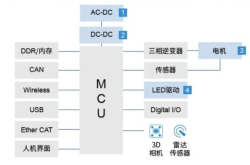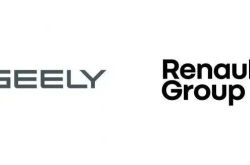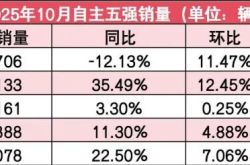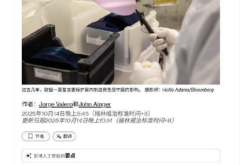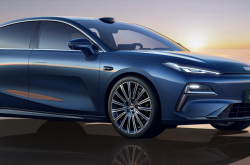The Arrival of CarPlay Ultra: A Game-Changer or a Missed Opportunity?
![]() 05/29 2025
05/29 2025
![]() 684
684
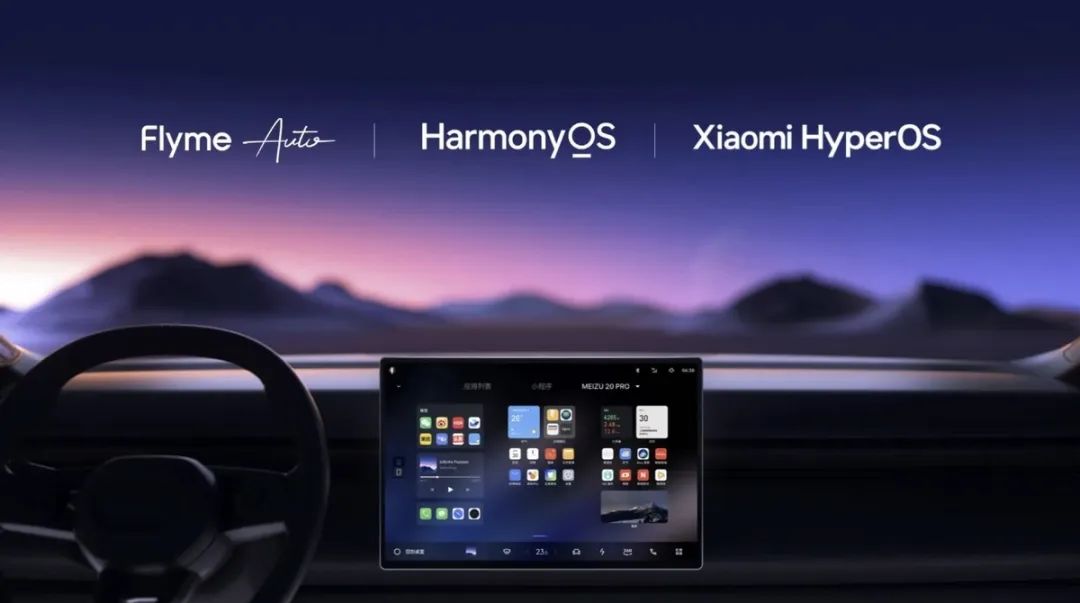
Introduction
"We are adept not only at dismantling the old but also at constructing the new."
After a delay of over two years, the "new generation of CarPlay" has finally arrived.
On the 15th, the prestigious luxury car brand Aston Martin unveiled a video that captivated audiences.
Set to a mesmerizing soundtrack, the video opens with the iconic side profile of the Aston Martin DBX707 in Buckingham Green. As the camera shifts, a sleek "hello" appears on the center console screen, followed by the ASTON MARTIN and CarPlay Ultra logos emerging simultaneously.
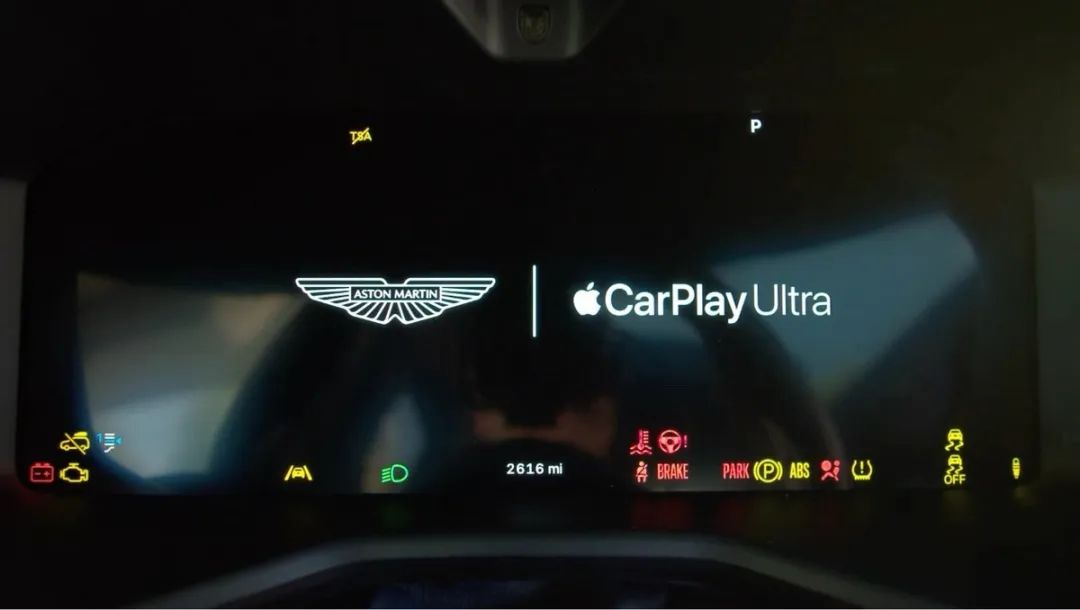
Next, the familiar CarPlay icon homepage appears, swiftly navigating to the Settings menu. Within the Themes option, various instrument cluster styles displaying vehicle speed, fuel level, water temperature, and engine RPM are showcased. As the camera zooms in and out, the center console style settings transform into the driving parameter interface on the LCD instrument cluster...
Subsequent scenes demonstrate CarPlay Ultra's capabilities in controlling vehicle cockpit functions, such as music playback, navigation information projection on the instrument cluster, and cockpit air conditioning control.
The video concludes with the roar of the V8 engine and the frantic beat of the virtual tachometer, returning the screen to the initial side profile of the vehicle, gradually fading out.
This 47-second showcase video not only reveals the official name of what was once called "CarPlay 2.0" or "the new generation of CarPlay" but also subtly hints at its ability to connect the center console with the LCD instrument cluster, displaying vehicle driving data while simultaneously controlling cockpit functions.
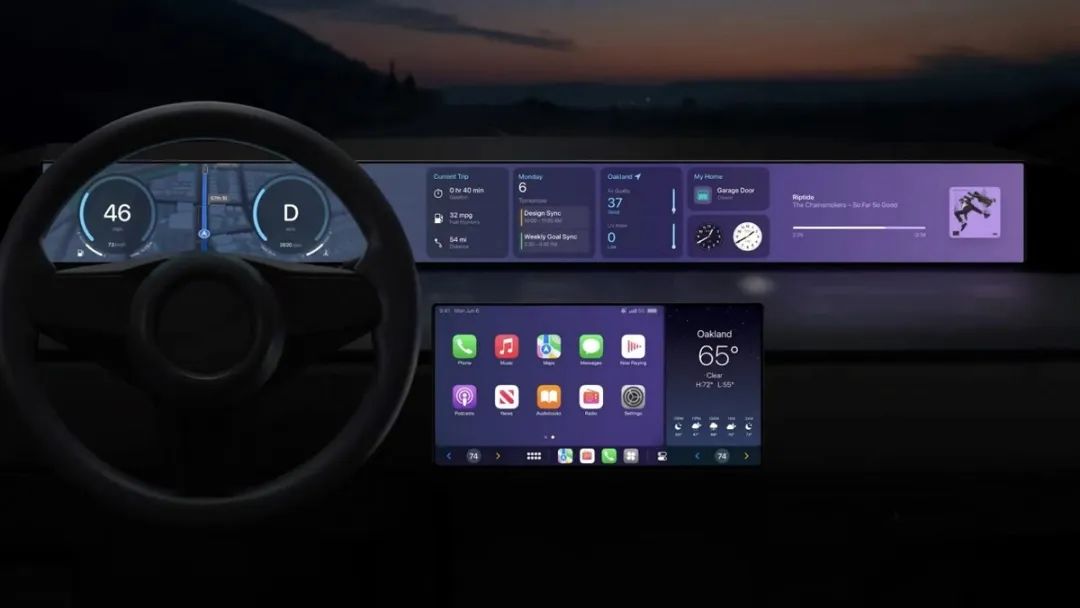
Image | CarPlay Ultra render on Apple's official website
"Through deep integration with vehicle hardware, the new generation of CarPlay will provide content for various interfaces (in the car) and enable the operation of vehicle functions, offering you (your car) a unified and consistent experience (with the iPhone)."
In June 2022, at the annual Worldwide Developers Conference, Emily Schubert, Apple's Senior Manager of Automotive Experience Engineering, made this promise. While I may not have the privilege of testing it in a new DBX707, the content shown in the official video largely fulfills the promise made three years ago. Initially planned for a beta release in 2023, this new generation of Apple's in-vehicle OS is now officially named CarPlay Ultra.
On social media platforms abroad, the arrival of CarPlay Ultra has sparked discussions among global car owners. Under related topics on platform X, many American car owners have expressed considerable interest, while some European car owners have welcomed the ability to enhance the digitization of car interfaces with just an iPhone.
However, a German netizen posed a poignant question:
In essence, you first need an iPhone and then a new car that has completed Apple's hardware adaptation. Only then can you enjoy the "smart cockpit" that Tesla and numerous Chinese automotive brands have offered for years.
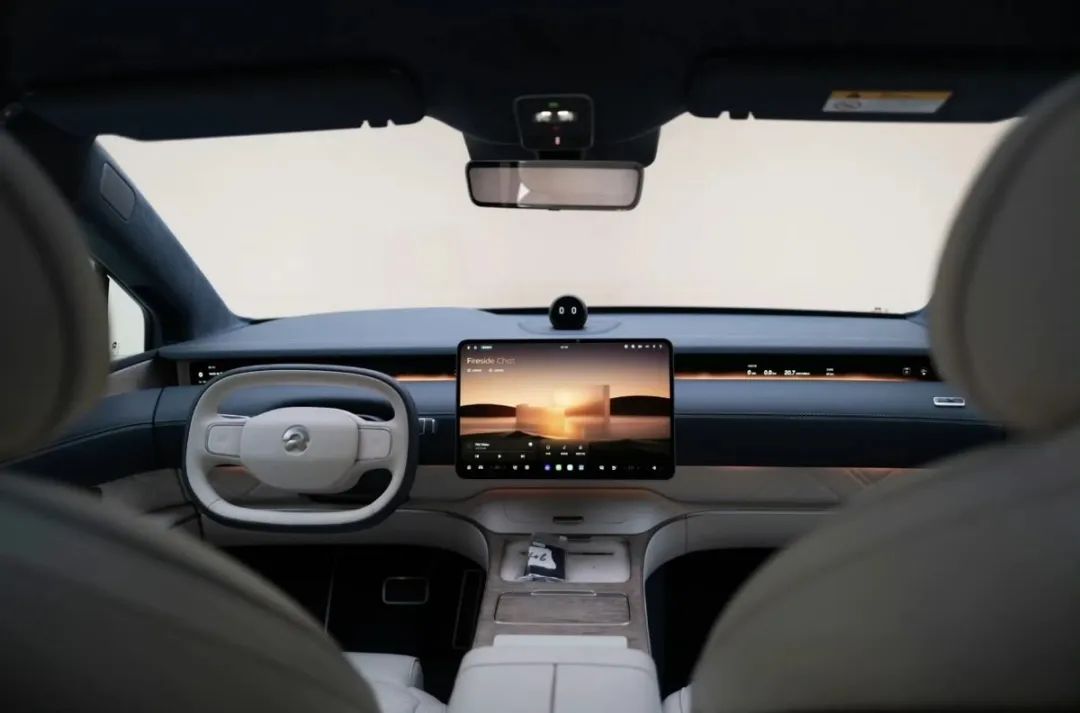
Image | NIO ET9 equipped with a smart cockpit system
01 The Arduous Journey of CarPlay Ultra
Why can't I control the in-car air conditioning, or even the ventilation, heating, and massage functions of the seats through Siri?
Why is my navigation projection limited to the center console and not synchronized to the LCD instrument cluster or even the HUD?
Why is the vehicle UI interface provided by Apple confined to the center console screen, and can't I replace the cluttered and logically confusing driving data display on the factory LCD instrument cluster with a clean and concise Apple style?
Long-time CarPlay users have surely pondered these questions. While imagining such capabilities is fun, most understand that expecting CarPlay to achieve these functions is likely unrealistic.
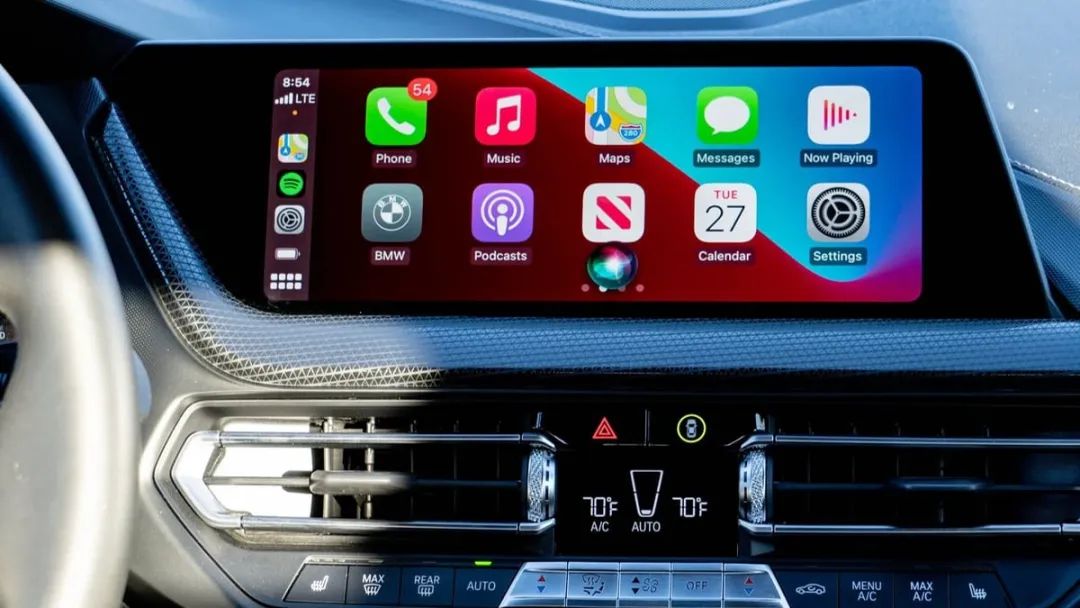
Image | CarPlay is great, but its functionality is limited to the center console entertainment system
For mobile phones to access driving information, automakers must open corresponding data channels to Apple. Controlling cockpit functions requires obtaining relevant interface permissions. The UI issue is even more complex. Adapting each car's center console screen is already a massive project, let alone the instrument cluster and head-up display.
This is the main reason behind CarPlay Ultra's two-year delay.
Firstly, there are disparities in product cycles between consumer electronics companies and automakers. Apple requires vehicles to be equipped with digital instrument clusters and the latest generation of in-vehicle chips. However, automakers' hardware replacement cycles, typically 3-5 years with mid-cycle model updates as the boundary, pose a challenge. For instance, Aston Martin, which led the charge this time, had to postpone the release of its latest DBX707 by about six months to adapt it to CarPlay Ultra.
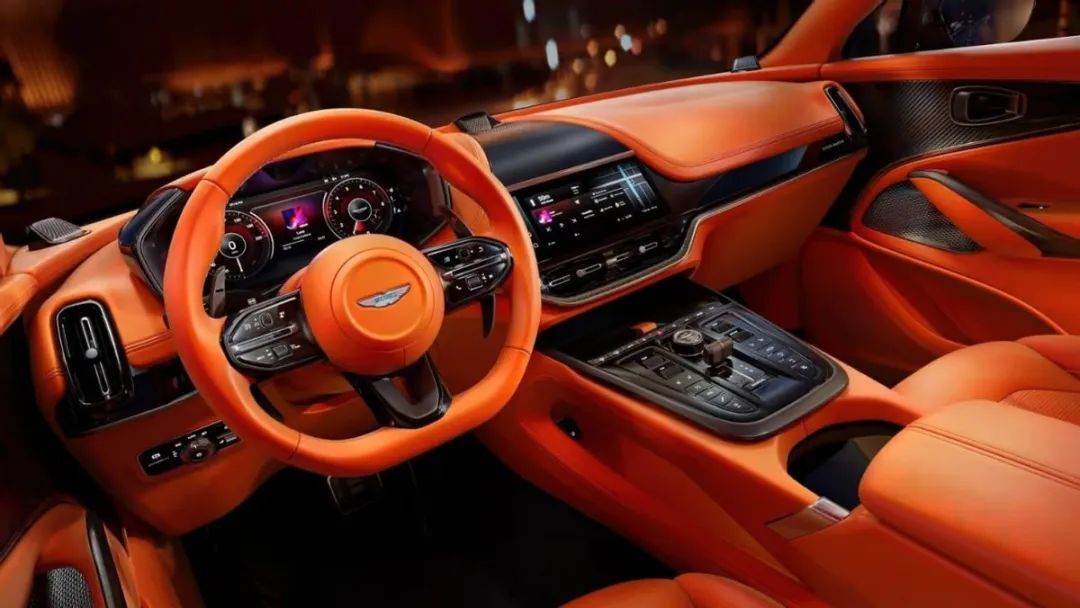
Image | To accommodate CarPlay Ultra, Aston Martin was forced to postpone the DBX707's release by six months
This issue is not exclusive to Aston Martin nor limited to the hardware replacement cycle.
CarPlay Ultra's initial goal was to comprehensively take over multi-screen interactions such as vehicle instruments and center consoles. However, during development, it was discovered that vehicle bus protocols and sensor data formats vary significantly among different automakers, even within the same group. For example, Audi's driving mode switching commands differ entirely from Porsche's, despite both belonging to the Volkswagen Group.
To address these issues, a "middle-layer protocol conversion module" had to be customized for each brand. This led the technical team to spend nearly a year establishing a vehicle function mapping database, finally standardizing the translation of over 200 vehicle control commands. This was the primary reason behind CarPlay Ultra's two-year delay.
Moreover, for a consumer electronics giant aiming to deeply involve itself in the automotive industry, safety is the foremost hurdle.
Semiconductor devices (chips) are categorized into five levels: consumer/commercial, industrial, automotive, military, and aerospace, based on application scenarios and usage environments. The lowest-grade consumer/commercial semiconductor devices fundamentally differ from automotive-grade products in terms of working temperature range, lightning, moisture, dust protection, resistance to vibration and impact, overall reliability, and lifespan requirements. Considering costs, iPhones cannot utilize automotive-grade devices. Smartphone users are well-acquainted with the occasional system freezes and "spinning" restarts.
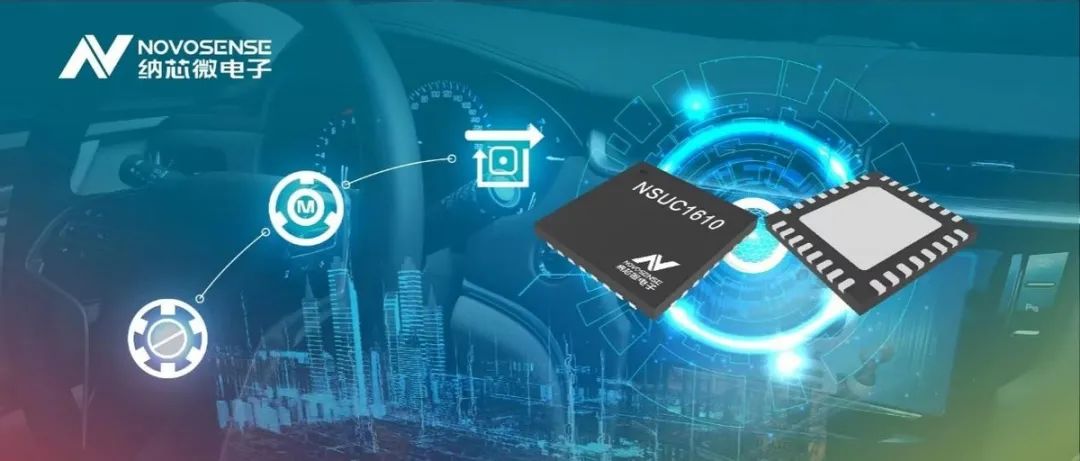
Image | The testing and certification cycle of automotive-grade chips is significantly longer than that of consumer electronics-grade chips
Unlike its predecessor, CarPlay Ultra's functionality extends beyond entertainment and navigation to include extensive driving data display such as vehicle speed, engine RPM, and water tank temperature. Although it does not interfere with vehicle power control, since the iPhone effectively becomes the cockpit domain controller, if the driver loses driving data information due to "spinning" during the journey, it could pose a threat to driving safety.
Therefore, Apple's relevant team designed a safety redundancy scheme, introducing a dual-channel communication mechanism that automatically switches to the automaker's native system when CarPlay Ultra malfunctions. However, this process further delayed the project.
02 The Battle of "Souls"
Apple is renowned for its strong cooperation with both suppliers and customers, and the CarPlay Ultra project is no exception.
Its strength lies in its commitment to creating its own set of standards and emphasizing its brand, whether in the overall UI interface style or the core system interaction logic. However, automakers are influential clients, especially since a significant portion of Apple's partners this time around are luxury brands.
Moreover, for CarPlay Ultra to display instrument cluster data and control cockpit functions, automakers must open their functional data and ports. Excessive adherence to Apple's principles could lead to cooperation breakdowns.
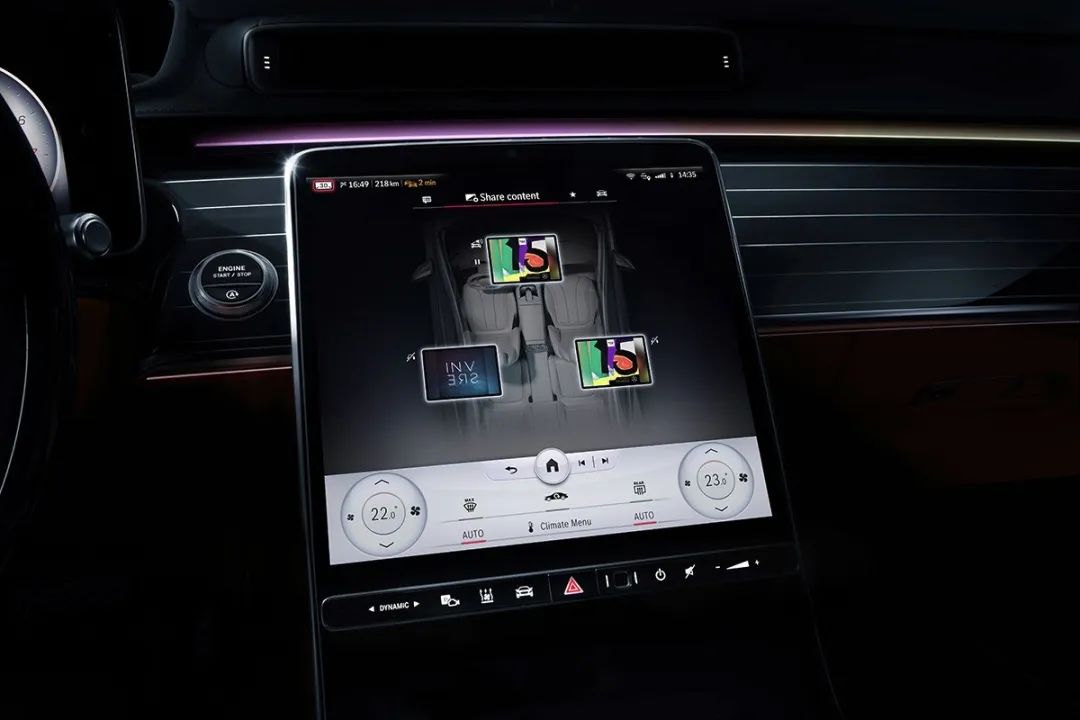
Image | Automakers are reluctant to be manipulated by "mobile phone factories," excluding those with no alternative
Indeed, cooperation breakdowns have occurred. For example, Mercedes-Benz insisted on retaining the core interaction logic of its self-developed MBUX system and chose to withdraw from cooperation with Apple after a stalemate. Many automakers fear that Apple's insistence on maintaining its unique characteristics on CarPlay Ultra will blur car owners' perception of the vehicle brand, thereby severely weakening their influence.
With Mercedes-Benz's withdrawal as a precedent, Apple had to compromise and finally agreed to allow some automakers to retain brand elements in superficial designs such as instrument cluster styles, font weights, and theme colors. However, for the basic interaction framework, Apple still insists on leading it. This "limited customization" strategy is a concession for Apple, but it does not resolve the fundamental issue for some partners, leading to rumored negotiation impasses with brands like Honda and Jaguar Land Rover.
As of today, the confirmed cooperation brands, in addition to the inaugural Aston Martin, also include Hyundai, Kia, and Genesis, with clear plans to expand within the next 12 months. In other words, only the Hyundai Kia Group has been negotiated with so far.
Compared to the bumpy and slow progress of cooperation with various "international automakers," what is the prospect of CarPlay Ultra in the Chinese market? The answer is obvious.
Huawei has HarmonyOS, and the latest version of the system has abandoned compatibility with Android applications, with a notebook featuring a pure HarmonyOS system recently released. In other words, it has initially realized Apple's long-held dream of a "full platform." Xiaomi is developing its own Penghai OS, claiming to achieve shared computing power between the in-vehicle system and mobile phones, seamlessly connecting smart home devices.
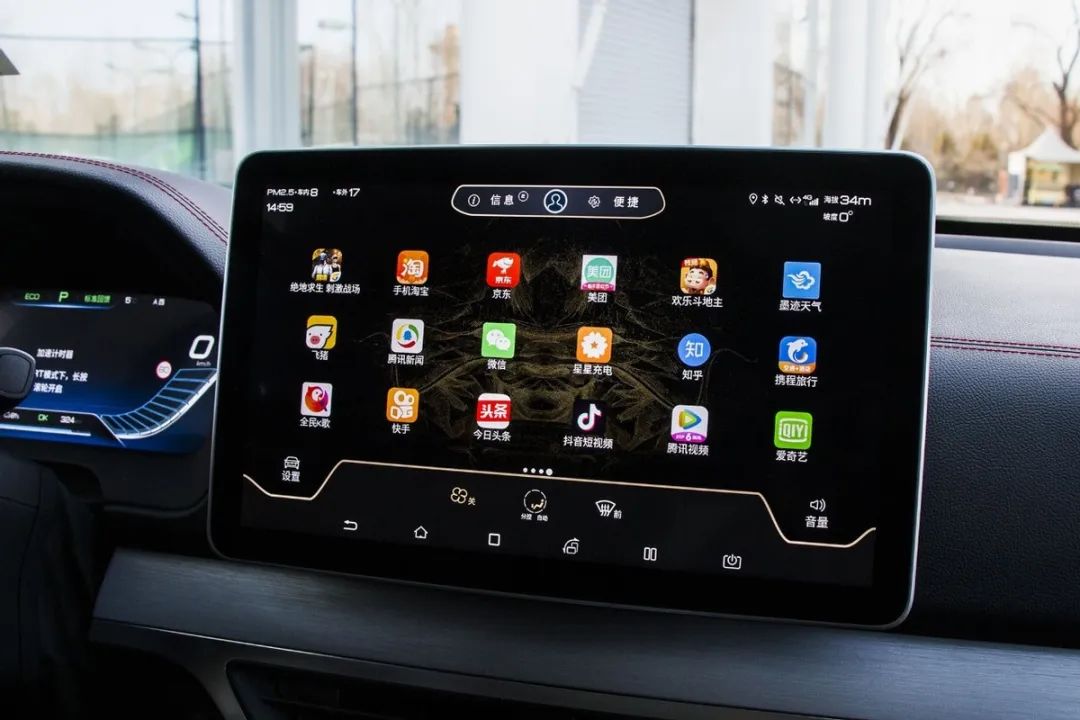
Image | Nowadays, domestic OEMs are not lacking in smart cockpit software and hardware capabilities. Even brands not known for their intelligence, like BYD, can boast that their DiLink system outperforms most competitors in the global market
Systems like BYD's DiLink, NIO's NOMI, and Geely's FlymeAuto not only form barriers in terms of user experience and data sovereignty but are also striving for mobile development and expansion.
Chinese automakers, whether the top five domestic brands or various new energy vehicle makers, are not listed among Apple's announced partners. The press release announcing CarPlay Ultra only states that "it will be expanded to more regions in the future" without mentioning any specific Chinese automotive brands.
Part of the reason is that Chinese automakers are cautious about opening core vehicle data interfaces (such as driving modes, battery status, etc.), especially when engaging in deeply integrated cooperation projects with giants like Apple that have mature software ecosystems. This could lead to newly cultivated user data flowing into the existing Apple system, thereby weakening the brand's control and even jeopardizing the nascent self-owned ecosystem.
However, considering it from another perspective, what can be achieved without integration? Based on your experiences with domestic smart cockpits, whether it's HarmonyOS or FlymeAuto, is a newly released CarPlay Ultra comparable?
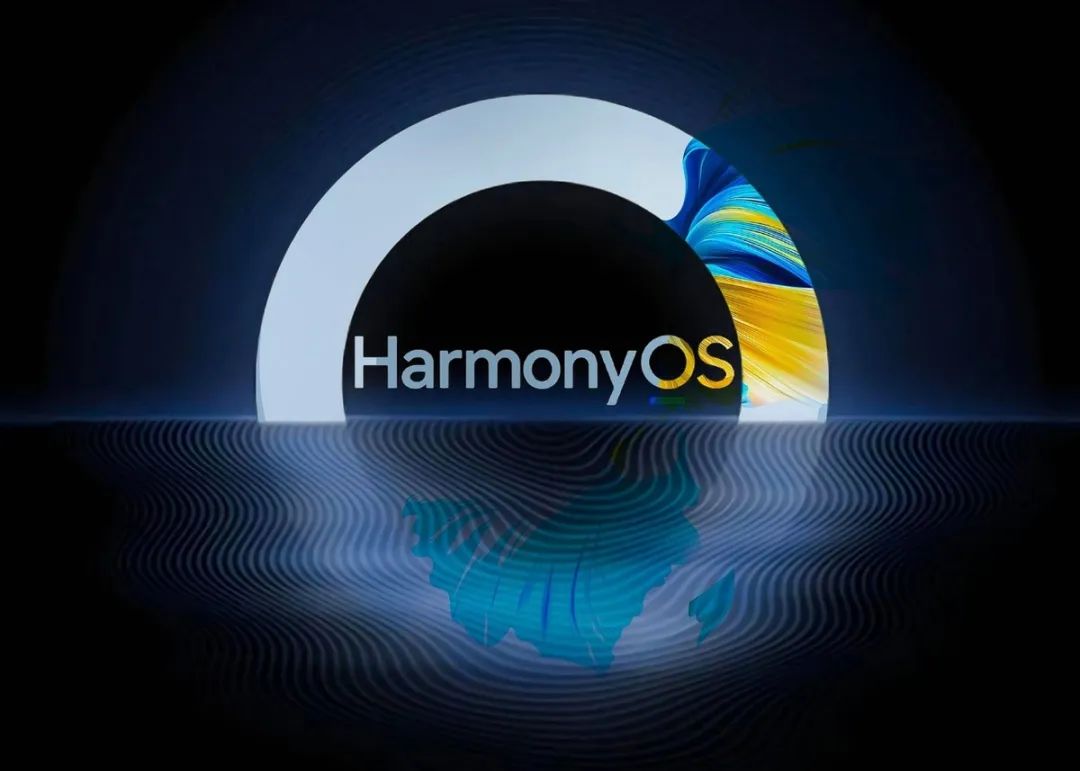
In summary, if something brings little benefit but potential drawbacks, it's best avoided. So far, while many praise Tesla for its intelligent driving capabilities, few criticize independent brands in the field of intelligent cockpits.
03 The Clash between Sentiment and Reality
At the end of March, the Starry Ji Meizu infotainment system (FlymeAuto) released its 1.7 version update. Apart from the addition and removal of various functions and the resolution of numerous bugs, its most prominent new feature is undoubtedly the integration of CarPlay support. Within the Lynk & Co community, it's evident that car owners have taken a keen interest in this development.
In this regard, the author, as a seasoned CarPlay user who has logged thousands of hours with the system over the past seven years, also harbors a degree of anticipation. The navigation mapping feature and Himalaya audiobook app have become indispensable companions during daily drives.
However, my experience with it over the following month revealed that nostalgia often remains just a sentiment.
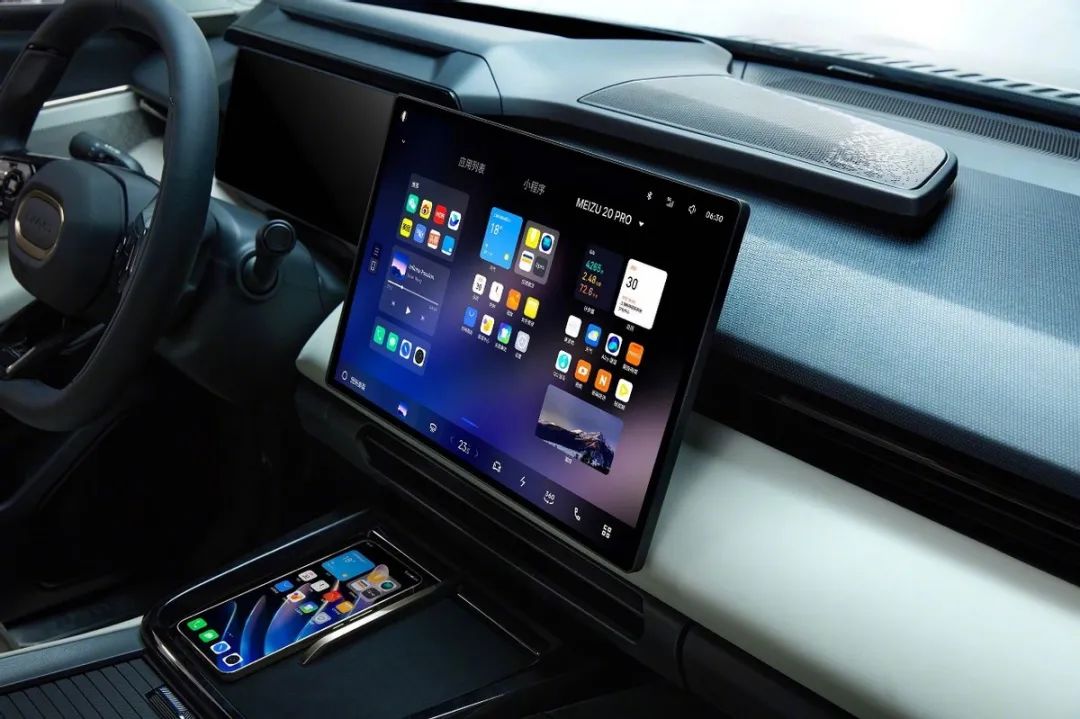
Picture: Having this and still using CarPlay indeed seems redundant.
During weekday mornings and evenings, simply opening the car door, sitting down, and saying "Hi, Lynk & Co" to activate the voice assistant to navigate home or to work is far more convenient than fumbling with phone buttons. As for Himalaya, the car and iPhone share the same account, allowing seamless continuation of audiobooks from where they left off in the car by accessing the "History - Playback History" page on the app.
Switching back to CarPlay would only add unnecessary steps to an already streamlined process, so it's best to avoid the hassle.
"SAIC finds it challenging to accept a single supplier providing us with a complete solution. This would lead to a situation where 'he is the soul, I am the body.' Our soul must remain in our own hands, so we do not accept any supplier's comprehensive solution; at most, it's a collaboration."
In June 2021, at the shareholders' meeting of SAIC Motor Corporation, Chen Hong, the then chairman of the group, responded thus to a reporter's query about potential cooperation with Huawei. This infamous "Soul Theory" garnered widespread ridicule upon dissemination and its influence persists to this day. Any collaboration between SAIC and Huawei related to the automotive industry is still scrutinized by observers, who inevitably bring up this theory from years past.
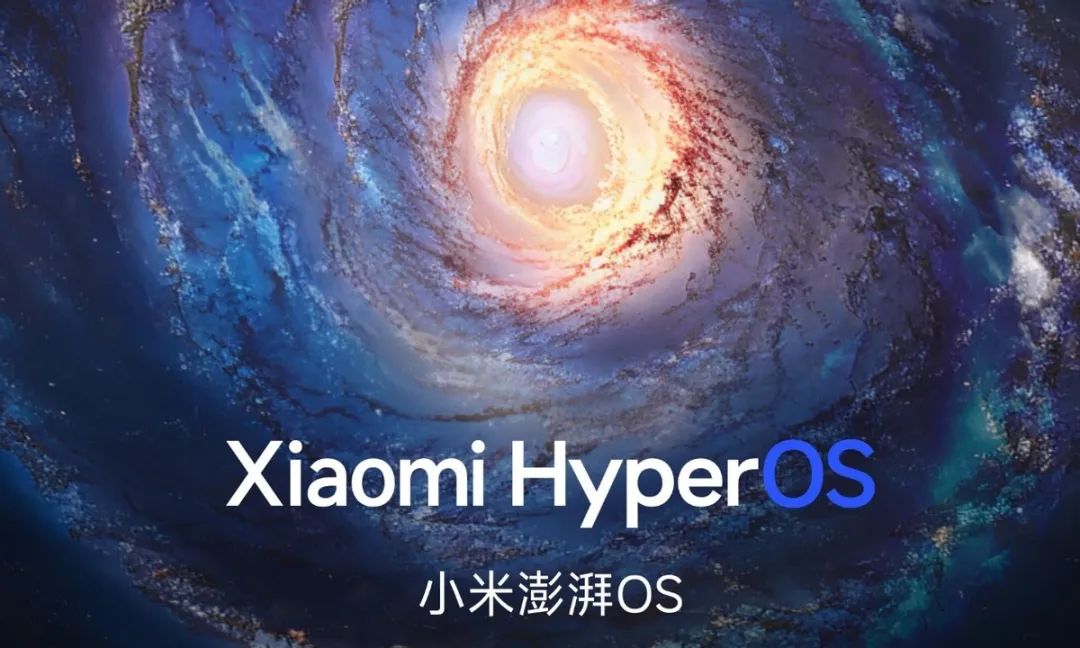
Picture: Nowadays, in China's automotive circle, those enterprises with ambitious visions for the future of the industry will consider developing autonomous systems and then cultivating autonomous ecosystems.
However, as time has passed, it's essential to reevaluate this "Soul Theory" objectively. The crux lies in how we define "soul" in this context.
Previously, amidst Huawei's rising prominence in the automotive sector, many netizens viewed it as the arrogance of traditional automakers clinging to outdated ways. However, let's shift our perspective. What if "soul" encompasses core technologies, essential systems, the accompanying automotive ecosystem, and the foreseeable short- and long-term profits?
No company is willing to "sell" its soul. Even Aston Martin, a super luxury brand, would likely shun Apple's embrace if given the choice.
After all, it's no secret that the brand's financial reports from the past two years have shown substantial losses, leading some media outlets to joke that it's on an "eighth bankruptcy countdown." It's not that they don't aspire to develop their own system and retain full control over their data; it's simply that they have the ambition but lack the capability.
As the underlying logic of the "Soul Theory" suggests, what automakers reject is not technical collaboration but the erosion of their core value system. In China's market, where high-performance and even superior alternatives abound, users have long since voted with their feet.
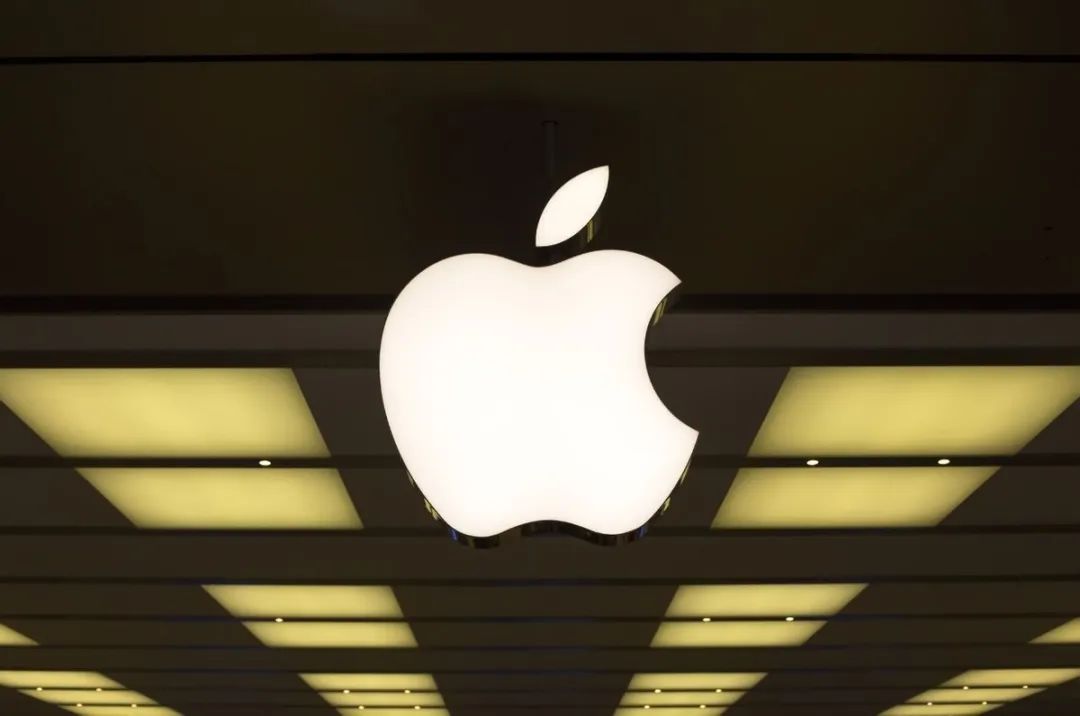
For Apple, if there's still hope of breaking the deadlock, it might reconsider the boundaries of 'compromise' in the Chinese market: should it stick to a closed ecosystem or, like DeepSeek empowering Chinese automakers, find a new role as a technology enabler?
Change is undoubtedly necessary for progress. However, whether Apple is willing to adapt or not, Chinese car owners remain indifferent.
Responsible Editor: Cui Liwen | Editor: He Zengrong

